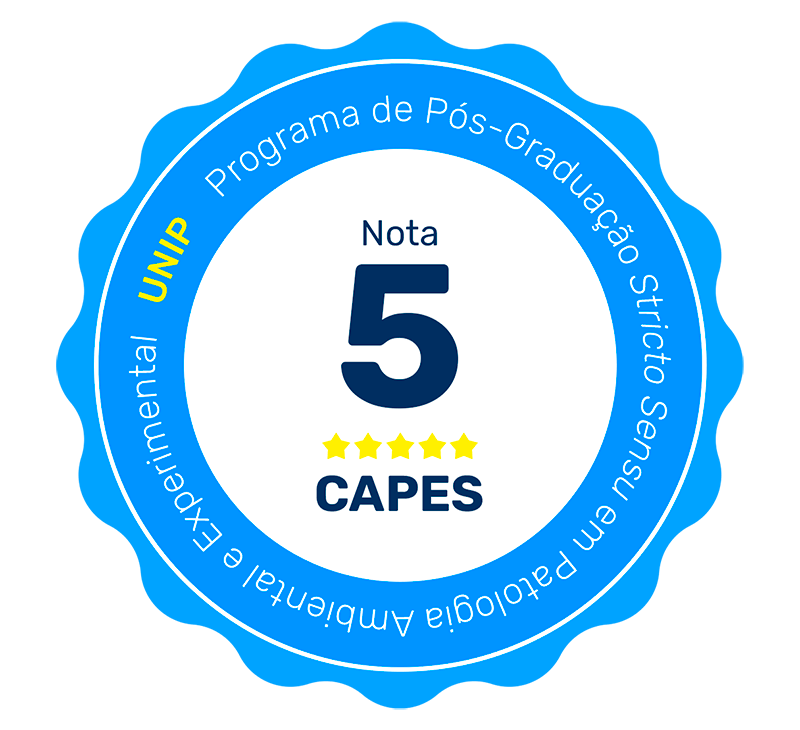Ementa
A relação doente, doença e ambiente é compreendida sob o foco dos mecanismos de susceptibilidade do paciente, levando em conta os aspectos mais variados, tais como: senso de perigo, autopoiese, sensoreamento de quórum, hereditariedade, epigenética, biossemiótica e possibilidade de regulação desses mecanismos pela homeopatia. O processo de aprendizado deste assunto envolve a revisitação do modelo clássico de imunidade (self-non-self), bem como do determinismo das vias metabólicas e de regulação intracelular. Dessa forma, as doenças deixam de ser vistas como simples resultantes de oscilações entre imunodepressão e resposta imune exacerbada e passam a ser caracterizadas como desbalanços de uma complexa rede formada não apenas pelos sistemas imune, nervoso e endócrino, mas também pelo ambiente. Fatores moduladores como estresse, medicamentos, sazonalidade, radiação, gravidade, etc. seriam, portanto, agentes perturbadores ou reguladores desta rede. Seminários internacionais on-line estão previstos para essa disciplina.
Bibliografia
BISHAYEE, K.; SIKDAR, S.; KHUDA-BUKSHS, A.R. Evidence of an Epigenetic Modification in Cell-cycle Arrest Caused by the Use of Ultra-highly-diluted Gonolobus Condurango Extract. J Pharmacopuncture, v. 16, n. 4, p. 7-13, 2013. DOI: 10.3831/KPI.2013.16.024.
BLALOCK J.E.; SMITH, E.M. Conceptual development of the immune system as a sixth sense. Brain Behav Immun, v. 21, n. 1, p. 23-33, 2007.
BONAMIN, L.V. (Ed). Signal and Images: contributions and contradictions about high dilution research. Dordrecht: Springer, 2008.
BONAMIN, L.V. et al. Rats born to mothers treated with dexamethasone 15 cH present changes in modulation of inflammatory process. eCAM, 2012. Article: 710923; 10 pages; DOI: 10.1155/2012/710923.
BOOIJ, L.; WANG, D.; LEVESQUE, M.L.; TREMBLAY, R.E.; SZYF, M. Looking beyond the DNA sequence: the relevance of DNA methylation processes for the stress - diathesis model of depression. Phi Trans R Soc B, 368: 20120251. DOI: 10.1098/rstb.2012.0251.
BROD, S.; RATTAZZI, L.; PIRAS, G.; D'ACQUISTO, F. 'As above, so below' examining the interplay between emotion and the immune system. Immunology, v. 143, n. 3, p. 311-8, Nov. 2014. DOI: 10.1111/imm.12341. Review.
COELHO, C.P. MOTTA, P.D.; PETRILLO, M.; DE OLIVEIRA, IOVINE R.; DALBONI, L.C.; SANTANA, F.R.; CORREIA, M.S.; CASARIN, R.C.; CARVALHO, V.M.; BONAMIN, L.V. Homeopathic medicine Cantharis modulates uropathogenic E. coli (UPEC)-induced cystitis in susceptible mice. Cytokine, v. 92, p. 103-109, Apr 2017. DOI: 10.1016/j.cyto.2017.01.014.
FARIA, M. Signal transduction and cell fate. In: BARBIERI, M. The codes of Life. Dordrecht: Springer, 2008.
HAROON, F.; HÄNDEL, U.; ANGENSTEIN, F.; GOLDSCHMIDT, J.; KREUTZMANN, P.; LISON, H.; FISCHER, K.D.; SCHEICH, H.; WETZEL, W.; SCHLÜTER, D.; BUDINGER, E. Toxoplasma gondii actively inhibits neuronal function in chronically infected mice. PLoS One, v. 7, n. 4, e35516, 2012. DOI: 10.1371/journal.pone.0035516.
IVE, E.C.; COUCHMAN, I.M.; REDDY, L. Therapeutic effect of Arsenicum album on leukocytes. Int J Mol Sci, v. 13, n. 3, p. 3979-87, 2012. DOI: 10.3390/ijms13033979.
JACOB, E.B. et al. Bacterial linguistic communication and social intelligence. Trends in microbiology, v. 12, n. 8, p. 366-372, 2004.
JOAQUIM, A.O.; COELHO, C.P.; DIAS MOTTA, P.; FELICIO, L.F.; BONDAN, E.F.; TEODOROV, E.; MARTINS, M.F.M.; KIRSTEN, T.B.; BONAMIN, L.V.; BERNARDI, M.M. Maternal food restriction in rats of the F0 generation increases retroperitoneal fat, the number and size of adipocytes and induces periventricular astrogliosis in female F1 and male F2 generations. Reproduction, Fertility and Development. http://dx.doi.org/10.1071/RD15309.
KAY, P.H.; KHUDA-BUKHSH, A.R. The contribution of homeogenomic and homeogenetic studies in the support of the practice of homeopathy. IJHR, v. 10, p. 101-7, 2016.
KOKORNACZYK, M.O.; BAUMGARTNER, S.; BETTI, L. Polycrystalline structures formed in evaporating droplets as a parameter to test the action of Zincum metallicum 30c in a wheat seed model. Homeopathy, v. 105, n. 2, 2016. DOI: 10.1016/j.homp.2015.10.002.
KOSTANTINOVA, I.V.; RYKOVA, M.P.; LESNYAK, A.T.; ANTROPOVA, E.A. Immune changes during long-duration missions. Journal of Leukocyte Biology, v. 54, p. 189-201, 1993.
MARZOTTO, M.; BONAFINI, C.; OLIOSO, D.; BARUZZI, A.; BETTINETTI, L.; DI LEVA, F.; GALBIATI, E.; BELLAVITE. P. Arnica montana Stimulates Extracellular Matrix Gene Expression in a Macrophage Cell Line Differentiated to Wound-Healing Phenotype. PLoS One, v. 11, n. 11, e0166340, Nov 2016. DOI: 10.1371/journal.pone.0166340.
MATURANA H. A ontogenia da realidade. Belo Horizonte: UFMG, 2004.
MATZINGER, P. An innate sense of danger. Seminars in Immunology, v. 10, p. 399-425, 1998.
SAVINO, W.; AYRES-MARTINS, S.; NEVES DOS SANTOS, S.; SMANIOTTO, S.; OCAMPO, J.S.P.; MENDES DA CRUZ, D.A.; TERRA GRANADO, E.; KUSMENOK, O.; VILLA VERDE, D.M.S. Thymocyte migration: na affair of multiple cellular interactions? Braz. J. Med. Biol. Res., v. 26, p. 1015-1025, 2003.
SANTANA, F.R. et al. Modulation of inflammation response to murine cutaneous Leishmaniasis by homeopathic medicines: Atimonium crudum 30cH. Homeopathy. v. 103, p. 264-274, 2014.
SANTANA, F.R.; DALBONI, L.C.; NASCIMENTO, K.F.; KONNO, F.T.; ALVARES-SARAIVA, A.M.; CORREIA, M.S.; BOMFIM, M.D.; CASARIN, R.C.; PEREZ, E.C.; LALLO, M.A.; PERES, G.B.; LAURENTI, M.D.; BENITES, N.R.; BUCHI, D.F.; BONAMIN, L.V. High dilutions of antimony modulate cytokines production and macrophage - Leishmania (L.) amazonensis interaction in vitro. Cytokine, v. 13, n. 92, p. 33-47, Jan 2017. DOI: 10.1016/j.cyto.2017.01.004.
VARELA, F.J.; COUTINHO, A. Second generation immune networks. Immunology Today, v. 12, p. 159-166, 1991.
VAZ, N.M.; PORDEUS, V. Visiting Immunology. Arquivos Brasileiros de Cardiologia, v. 85, on-line. 2005.
WAISSE, S.; BONAMIN, L.V. Explanatory models for homeopathy: from the vital force to the current paradigm. Homeopathy, v. 105, n. 3, p. 280-5, Aug 2016. DOI: 10.1016/j.homp.2016.02.003.
